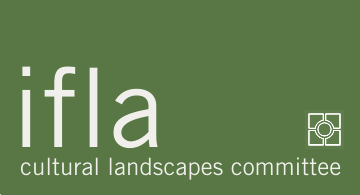best practices > introduction
Cultural Landscape Thinking
Landscape Architects’ Guide to Best Practices
In each country of the world, there is a broad legacy of four types of cultural landscapes: defined (designed), evolved continuing, evolved relict, and associative. While cultural landscapes of all types hold interest for the planning and design professions, understanding the designed landscape and intervening to further its preservation is most readily taken up by landscape architects. Landscape architects have training, conceptual and analytical understanding, familiarity with the manipulation of landscape, and interest in unique expressions of place. This professional platform also brings us to appreciate the diverse cultural landscapes. Landscape architects work as advocates, stewards and partners in the protection of cultural landscapes. Stewardship and advocacy roles can begin with documentation of those cultural landscapes of perceived value. Cultural landscapes can be effectively documented to further their preservation, and when cultural landscapes are lost, they can be researched, studied, and mourned.
From a professional perspective an interesting and challenging aspect of preservation work is to step beyond one’s own design training, values, aesthetics and constructs and immerse in those of the historic place. Each landscape has an origin, character, design ideas and qualities that are unique, almost like a fingerprint. Preservation planning and design in historic environments requires creativity, analysis, insight, multi-value problem solving, and the humility to remain within the fingerprint of the unique place. As we approach a historic place, our first tasks are to observe, research and study in order to develop a deep understanding of the place as it is and as it was. This intimate knowledge of the landscape can be communicated through various means and methods.

